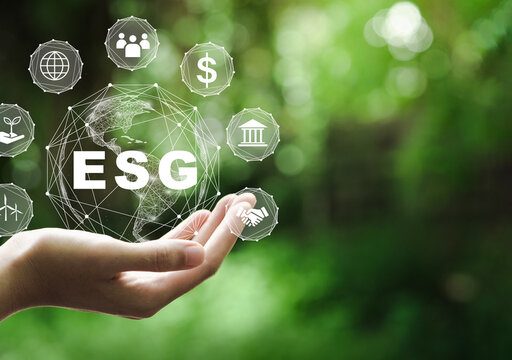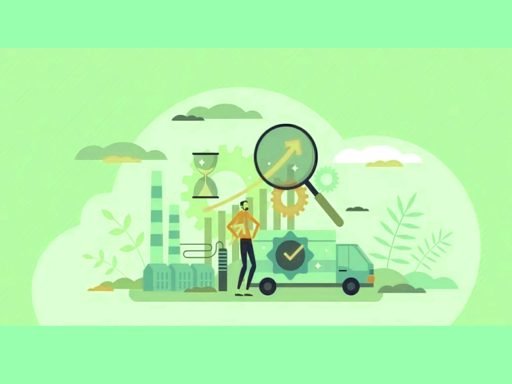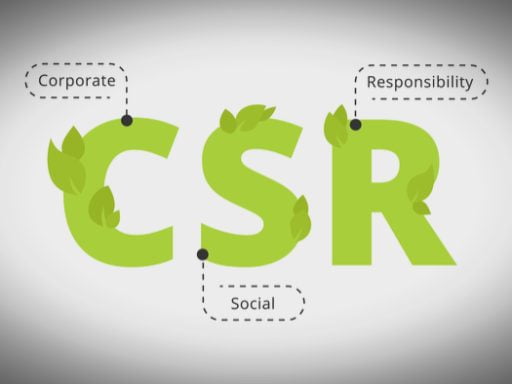Introduction
With environmental degradation, social injustice, and economic inequities becoming major concerns in today’s fast changing world, the Sustainable Development Goals (SDGs) provide a path forward toward building a more sustainable and equitable future. The United Nations has established 17 interrelated goals that cover a wide range of topics, such as gender equality, climate action, responsible consumption, and poverty alleviation. Adopting the SDGs is strategic for businesses as well as morally required. Companies may significantly contribute to the advancement of global sustainability, open up new growth prospects, and strengthen their long-term resilience by aligning their practices with the SDGs.
What are Sustainable Development Goals SDGs?
The Sustainable Development Goals, or SDGs, are an international initiative to guarantee prosperity for all people, end poverty, and safeguard the environment. Every goal has associated targets and metrics to track advancement. The Sustainable Development Goals (SDGs) address a wide range of issues vital to the welfare of people and the environment, from eradicating hunger and boosting health and well-being to developing clean energy and sustainable cities. The Sustainable Development Goals (SDGs) seek to make the world more inclusive and sustainable for both the current and future generations by tackling these issues holistically.
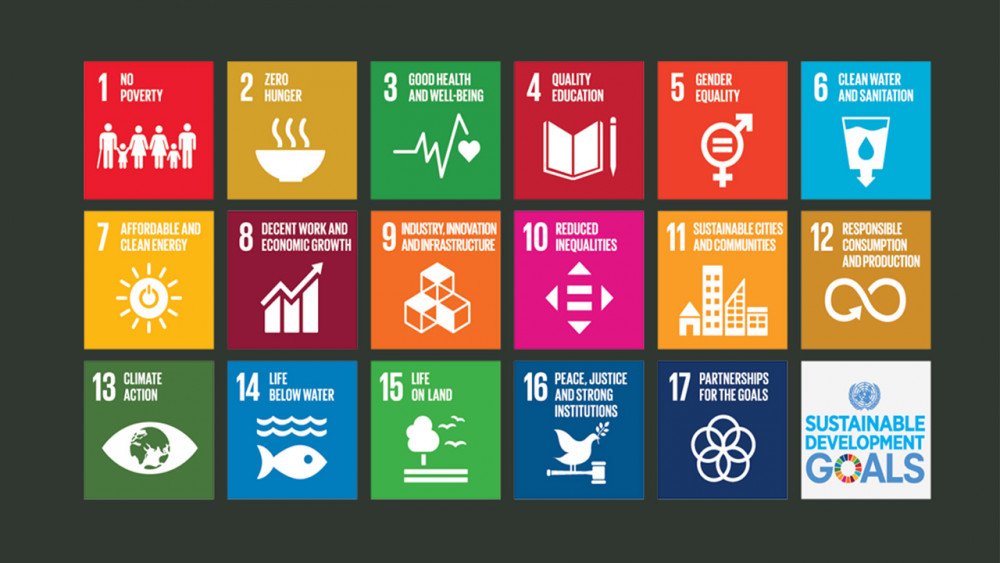
Importance of Sustainable Development Goals for Businesses
One cannot stress the significance of the SDGs for businesses. Aligning with the SDGs has many advantages for businesses in addition to helping with global environmental initiatives.
➤ 1st, it strengthens a brand’s reputation and sets it apart from competitors. Brands that exhibit a dedication to social and environmental responsibility are gaining popularity among consumers, especially millennials and Gen Z. Businesses can gain a competitive edge by aligning with the Sustainable Development Goals (SDGs) and attracting socially conscious investors and consumers.
➤ 2nd, corporate development and innovation can be stimulated by SDG alignment. By concentrating on sustainability issues, businesses can find untapped markets, create cutting-edge goods and services, and capitalize on new trends.
➤ 3rd, the SDGs offer a framework for long-term resilience and risk mitigation. Businesses may future-proof their operations and supply chains by tackling sustainability risks including resource shortages, social instability, and climate change.
Benefits of Business Alignment with Sustainable Development Goals SDGs
Aligning with the SDGs has social and environmental benefits in addition to financial gains.
➤ To begin, SDG alignment has the potential to improve the well-being of communities and vulnerable populations. Businesses that prioritize SDG 4 (Quality Education) may, for example, invest in education and training programs for the staff and communities, thereby increasing human capital and social inclusion.
➤ Second, the SDGs provide a way for businesses to contribute to environmental sustainability. Companies can reduce their environmental footprint, minimize climate risks, and save natural resources for future generations by embracing goals such as climate action, clean energy, and responsible consumption.
➤ Third, SDG alignment promotes cross-sectoral collaboration and partnerships. To address complex sustainability challenges, businesses must collaborate with governments, non-governmental organizations, and other stakeholders. Companies that join forces can leverage their complementary strengths and resources to make a greater impact.
Challenges in Aligning Business Practices
Despite the obvious benefits, businesses face numerous challenges in aligning with the SDGs.
➤ First, there may be competing objectives within organizations, with short-term financial objectives frequently taking precedence over long-term sustainability goals. Overcoming this challenge necessitates strong leadership, strategic vision, and a commitment to balancing economic, social, and environmental concerns.
➤ Second, businesses may face resource constraints while implementing sustainability initiatives. From investment costs to a lack of expertise and capacity, resource constraints can stymie progress toward SDG alignment. To address this issue, businesses can look into fresh financing mechanisms like impact investing and green bonds, as well as prioritize high-impact initiatives that yield tangible results.
➤ Third, managing regulatory complexities and compliance requirements can be difficult for businesses operating in multiple jurisdictions. To ensure compliance with the SDGs, businesses must stay current on regulations, engage with policymakers, and incorporate sustainability into corporate governance and risk management frameworks.
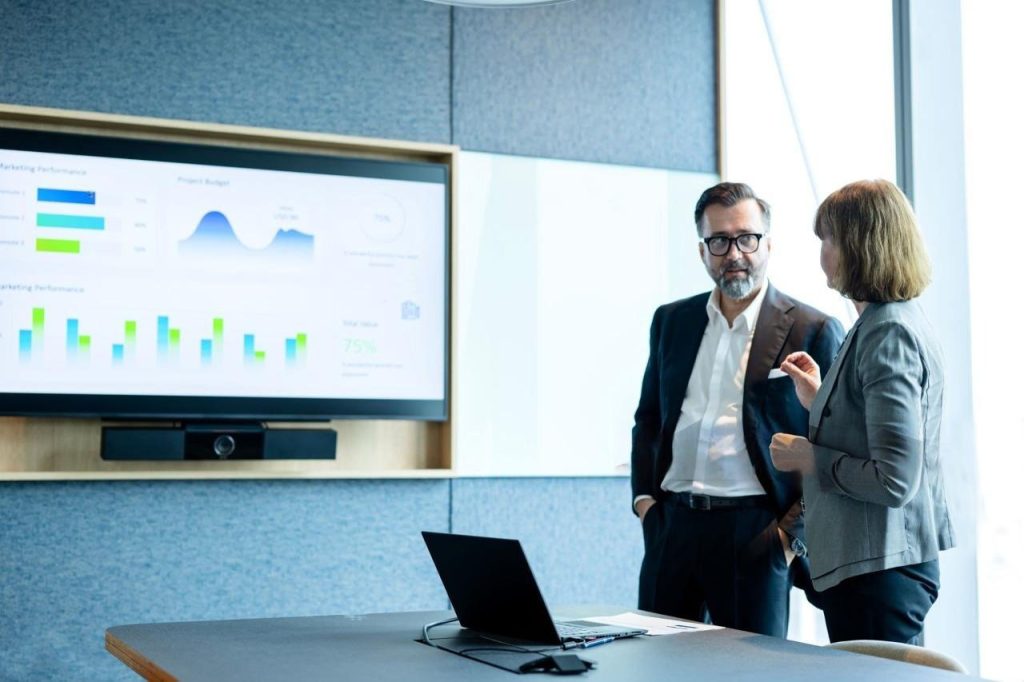
Strategies for Business Alignment
Businesses can effectively align with the SDGs by taking a multifaceted approach.
➤ First, they can integrate sustainability into their corporate strategy and decision-making processes. Companies can create a roadmap for action and track progress over time by establishing clear goals and targets that are aligned with specific SDGs.
➤ Second, businesses can actively involve stakeholders in the SDG alignment process. Stakeholders, including employees, customers, investors, and suppliers, play an important role in driving change and holding businesses accountable. Companies can foster dialogue, collaboration, and transparency to build trust and consensus around sustainability goals.
➤ Third, by leveraging technology and innovation, SDG initiatives can become more effective and efficient. From data analytics and artificial intelligence to blockchain and renewable energy solutions, technology provides powerful tools for dealing with sustainability issues and creating novel possibilities. By embracing innovation, businesses can drive continuous improvement and stay ahead of the curve in a rapidly changing environment.
Case Studies
Many businesses have shown leadership in aligning with the SDGs. Unilever, for example, has a Sustainable Living Plan that aligns with several SDGs, including gender equality, climate action, and responsible consumption. Unilever has reduced its environmental footprint by implementing initiatives such as product innovation, sustainable sourcing, and community engagement, while also driving business growth and impact on society.
Measuring Impact and Reporting Progress
Assessing the impact of business alignment with the SDGs necessitates strong tracking and assessment frameworks. Key performance indicators (KPIs), such as greenhouse gas emissions, social inclusion metrics, and community development indicators, can assist businesses in tracking progress and identifying opportunities for improvement. Transparent reporting promotes accountability and trust among stakeholders.
Role of Stakeholders in Sustainable Development Goals
Employees, consumers, investors, and local communities are all important stakeholders in moving the SDGs forward. Businesses can involve stakeholders via dialogue, consultation, and collaboration to ensure that their efforts are consistent with local needs and goals, resulting in mutually beneficial and sustainable development.
FAQs
- How can small businesses align with SDGs?
Small businesses can start by identifying SDGs that are consistent with their values and business structure. They can then incorporate sustainability into their business operations, engage stakeholders, and monitor progress over time. - What are some examples of SDG-aligned initiatives?
Carbon emissions reduction, gender equality in the workplace, philanthropic or volunteer support for local communities, and the adoption of sustainable supply chain practices are all examples of SDG-aligned initiatives. - How can businesses measure their contribution to SDGs?
Businesses can assess their contribution to the SDGs using quantitative metrics such as water and energy use, production of waste, and social impact indicators. Qualitative assessments, like stakeholder surveys and case studies, can reveal additional information. - What are the risks of not aligning with SDGs?
Businesses that fail to align with the SDGs may face reputational issues, regulatory scrutiny, and a loss of competitive edge in the market. Furthermore, they risk losing out on opportunities for innovation, growth, and creation of value over time. - How can businesses promote awareness of SDGs among employees?
Training programs, workshops, discussion boards, and staff involvement initiatives can all help businesses raise awareness of the SDGs among their employees. Promoting employee participation in sustainability initiatives can help to foster a sense of responsibility and shared purpose. - What role do investors play in encouraging business alignment with SDGs?
Investors are increasingly considering environmental, social, and governance (ESG) factors when making investment decisions. Businesses that align with the SDGs may attract a larger pool of investors, gain access to capital on favorable terms, and illustrate long-term growth potential.
Future Outlook
As we look to our future, businesses will increasingly align with the SDGs. However, success will require bold leadership, collaborative action, and a dedication to leaving no one behind. Businesses that embrace the SDGs as a guiding framework can help to create a more equitable, resilient, and sustainable future for all.





